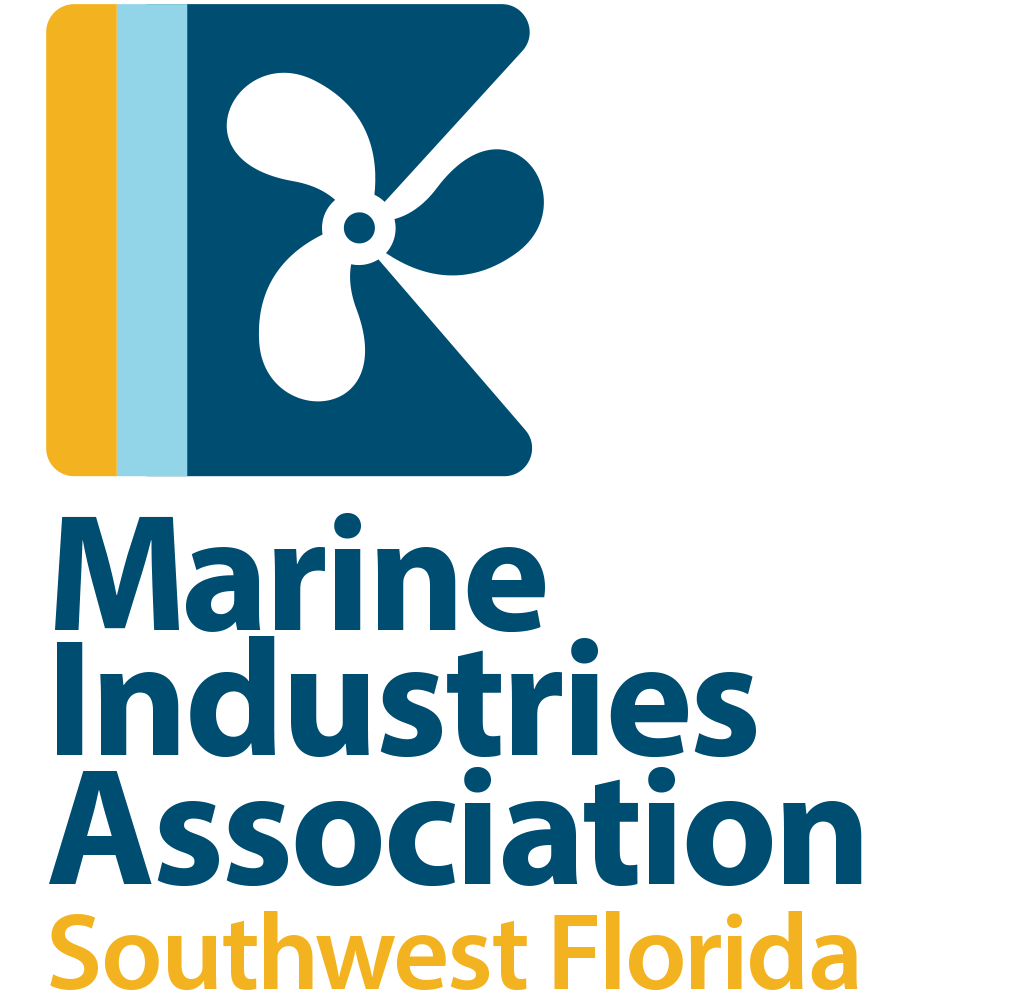Scott’s $84 billion budget wish list marks clear battle lines with House, Senate leaders
Article by: Matt Dixon of POLITICOFLORIDA
01/31/2017 07:01 PM EDT
TALLAHASSEE — Gov. Rick Scott outlined a nearly $84 billion budget proposal Tuesday that would boost state funding to record levels, sock away roughly $5 billion in state reserves, and continues his administration’s fight with the hospital industry.
The governor’s plan is laced with potential landmines that will make portions of it untenable for legislative leaders, who will push hard for their priorities. That’s not uncommon this early in the budget process, but without question clear fault lines exist between the governor and both chambers of the Legislature.
Any governor’s spending plan is often viewed as a wish list to highlight both policy and political priorities. Lawmakers view them as the governor’s recommendations, but they are actually the ones responsible for writing the state budget. The state’s top economists will meet one more time before lawmaker’s need to finalize a budget, which means the revenue outlook will likely look different when they build their spending plan.
This year, Scott put forward a budget that is more than $1 billion bigger than the current budget, a trend that has continued throughout his administration as the economy and state revenues rebounded from a depressed past. Scott’s first budget proposal in 2011 was $69 million.
When breaking down the topline budget number, $30.8 million is state general revenue money, which is the pot of funding lawmakers have the most control over. That’s up $600 million from the current year spending plan. The rest is comprised of a mix of federal dollars and trust fund money tied to specific policy areas.
Though the overall size of the budget would grow by roughly 1 percent under Scott’s plan, he did propose a total of $1.1 billion in spending cuts, most of which would be felt by hospitals. Nearly half the cuts — $581 million — would be achieved by allowing Medicaid managed care plans to reimburse hospitals at “more efficient rates” than traditional Medicaid.
He is also pushing hard for a $618 million tax cut package, 70 percent of which would be a reduction of the tax businesses pay on leases. That tax cut, which has long been pushed for by the business community, would take effect Jan. 1, 2017, because most leases run on a calendar — not fiscal — year.
“Florida is the only state in the nation that has this tax,” Scott told reporters Tuesday at the Associated Press planning session in Tallahassee. “it unfairly targets small businesses.”
Scott’s budget includes a $815 million boost in K-12 education funding, but much of that increase would be shouldered by local property owners. Scott’s increases include 458 million more from local property taxes. House Speaker Richard Corcoran has already said he deems that method of funding education a tax increase on local property owners. Scott counters that it’s due to increasing property values, not an increased tax rate, so it should not be viewed as a hike.
“When your house goes up in value, most of us like that, so anybody that doesn’t understand that that’s not a tax increase, I’m surprised,” Scott told reporters. “I would assume those same people then are going to propose reducing sales tax when they see a consumer good go up in price also, because under their scenario, that would be a tax increase, I presume.”
Along with increased spending, Scott’s budget boosts the state workforce by 327 positions, a departure from position cuts ingrained in recent state budgets. There were roughly 160,000 state workers when Scott took office, a number that’s down to about 114,000 in the current year budget.
The only subset of those workers who would get raises under Scott’s proposal are prison guards, who have long pushed for pay increases but fallen short. Scott’s budget includes $38 million for both base-pay rate increases and starting salaries for guards working in the Department of Corrections.
Scott did not include across-the-board pay raises for state workers, which is likely to be one of the many sticking points he will have with the Legislature as his staff spreads out across the Capitol next week to begin pitching his budget proposal to lawmakers.
Scott also gave an uncharacteristically passionate defense of his request for $85 million in economic incentives for businesses and nearly $80 billion in tourism marketing money for Visit Florida. The Senate is supportive of Scott, but he is again feuding with House leaders, who are philosophically opposed to using taxpayer money for economic development.
“If you want to understand how business works, you market things,” said Scott, his voice clearly tinged with annoyance. “You want to get businesses to this state … it is a process, you are competing.”
Corcoran and other House leaders cast the incentive money as “corporate welfare” that only flows to wealthy business owners, but does not help the average state resident. He prefers tax cuts and boosting funding for things like education as an economic development tool.
Along with the fight with House leaders, Scott’s budget also did not include money for an Everglades reservoir and provides only $25 million in land buying, which is Negron’s top priority. Under Negron’s plan, the state and federal government would split the $2.4 billion cost for a reservoir south of Lake Okeechobee.
As part of that, Negron has proposed bonding, or having the state take on additional debt, to fund the proposal. Taking on additional state debt for the project has so far been a non-starter for Corcoran and Scott, who along with opposing bonding opposes the proposal in general. That sentiment is shared by Agriculture Commissioner Adam Putnam, who has long opposed the idea of land purchases south of Lake Okeechobee.
Scott’s budget includes no money for bonding in other traditional areas where the financing mechanism is commonly used. A vast majority of the state’s debt load is tied up in transportation and education facility construction. Scott’s budget authorizes the Florida Department of Transportation to issue debt.
Now that Scott’s budget has been released, his staff will make presentations to legislative budget subcommittees next week as lawmakers prepare their spending plans. The beginning of that process — what’s known as the setting of allocations — generally comes around the midpoint of the legislative session, which is set to begin March 7.

